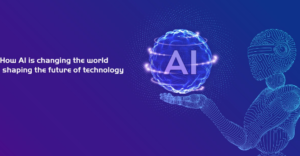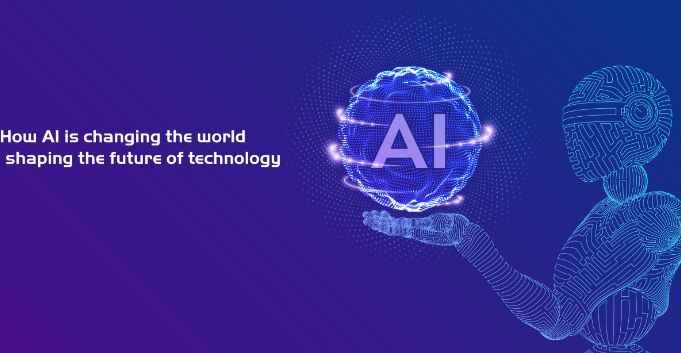From the societal to daily life, the transformation of AI will be bright enough. The world is running at a fast pace. The use of Artificial Intelligence is leading this change. Day by day, it shapes the way they work and learn, and even interact with technology. Further changes have made AI more sophisticated and valuable in everyday life. Thus, it was affecting sectors like healthcare, education, and transportation.
With AI continuing to grow, it is very important to understand the effects of the same. Be it increasing productivity or coming up with new solutions for complex problems, the influence of AI graphically rises. The many exciting possibilities within reach promise to reshape their future in ways they can’t even imagine.
In today’s world, with AI applications growing exponentially into daily life, the ability to constantly adapt to newer tools and methods becomes an important factor. The participants will be able to share their reflections on how this technology is going to influence their decisions and interactions with other people. One should keep informing oneself about these changing scenarios and their consequences.
Key Takeaways
- AI is changing the way people live and work.
- Understanding the rise of AI will lead to better utilization of its benefits.
- The future guarantees more and more AI in everyday activities.
Basics of the Evolution of AI
The evolution of artificial intelligence is characterized by great developments and milestones. Understanding its history, its present, and what technologies have driven its development provides insight into how AI shapes the world of today.
Historical Highlights of AI
Artificial Intelligence began its great journey in the 1950s. Alan Turing proposed the Turing Test, which was a method for assessing machine intelligence. In the 1960s, the first programs in AI, like ELIZA, were able to emulate conversation.
The 1980s ushered in rule-based expert systems. Such a program would mirror human decision-making within some specific domain: medicine, for instance. By the late 1990s, artificial intelligence garnered some remarkable achievements: IBM’s Deep Blue defeated chess champion Garry Kasparov.
Breakthroughs in computing power and data availability in the 21st century spruced up critical developments. Machine learning and deep learning thus came into being as prime areas of research. Artificial Intelligence today has become an integral part of daily life. Its wide usage has transformed key industries like healthcare, finance, and entertainment.
Artificial Intelligence: The Current State
Today, AI is a part of nearly all applications. Starting from voice assistants like Siri and Alexa, the scope of AI vast in recommendation systems on websites and platforms. Companies use AI in data analysis, customer service, and automation.
AI is applied in health care to diagnose diseases and come up with personalized treatment plans. Self-driving cars rely on AI in traffic to get them safely through. Such innovations depict how artificial intelligence influences many different industries and will go a long way in making a wide range of human life better.
Where there is great development, there arises a number of challenges. Top ethical issues in discussion include privacy and job displacement. It’s vital that AI systems guarantee fairness and transparency as they continue to become widespread.
Principal Technologies Behind AI Development
Few technologies are behind AI development. Machine learning is at its core, which enables the working systems to learn from data themselves without explicit programming. In other words, machine learning algorithms find and assess patterns in information and make predictions based on the learned knowledge.
Deep learning, based on neural networks for processing large-scale data, is a subset of machine learning. Deep learning powers many high-profile applications, including image recognition and natural language processing.
It helps the computer understand human speech. NLP is the backbone behind chatbots and language translation tools. All these technologies just tie in with enhancing the capabilities and uses of AI, hence forming its future.

Also Read :
- NFTs Explained: What They Are and Why They Matter
- Blockchain Technology : The Backbone of Decentralized Systems
- Blockchain in Action: Real-World Use Cases You Should Know About
- Understanding Blockchain: A Beginner’s Guide to Distributed Ledgers
- The Future of Blockchain: Beyond Cryptocurrencies
